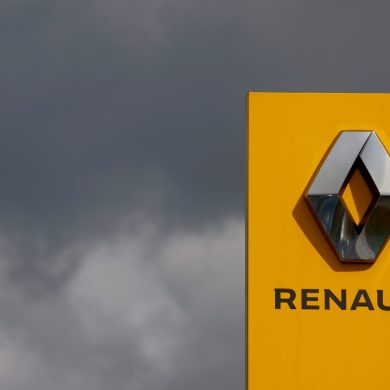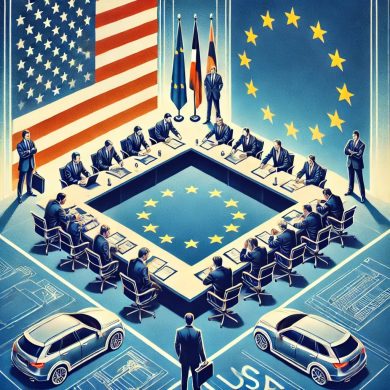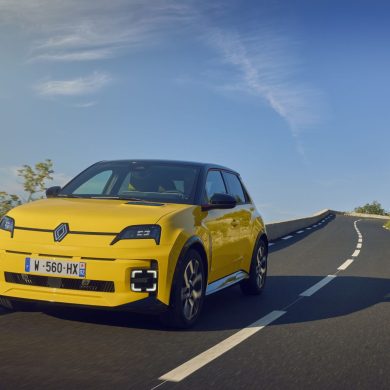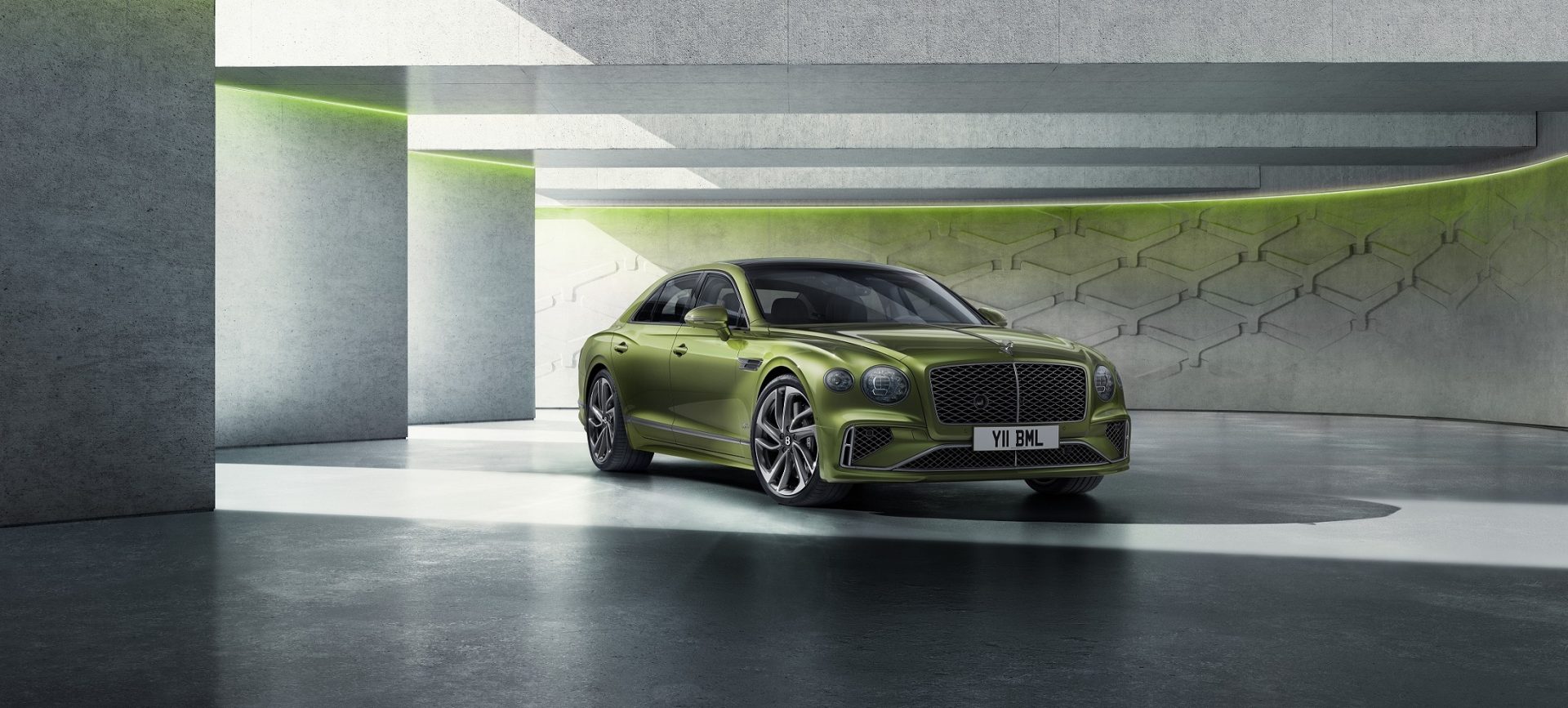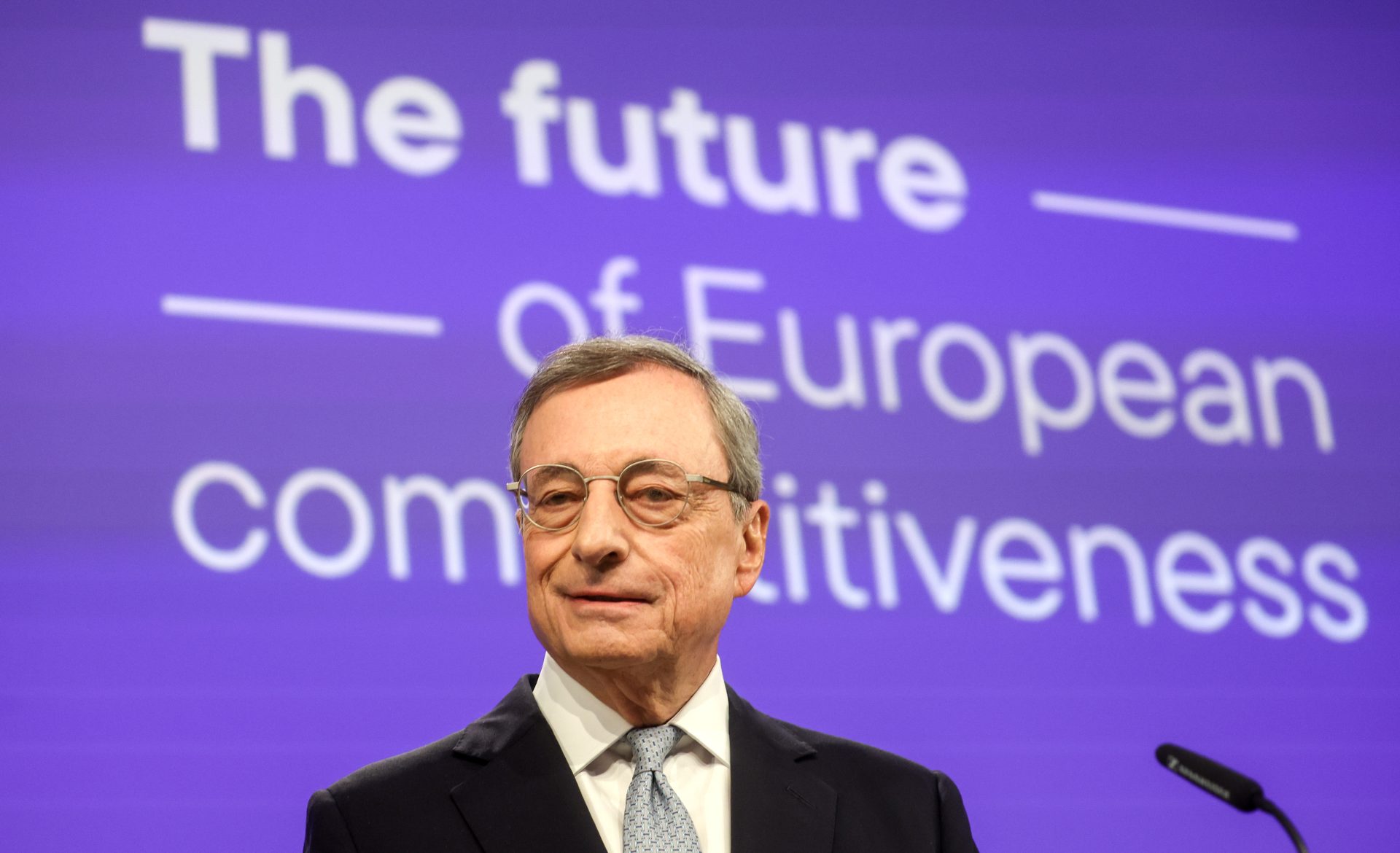It is a fact that lately, the Tesla has cut production rates. However, that will soon change as Elon Musk's company is rolling up their sleeves and promising a hot 2025 with Model 2, Roadster, Robotaxi and many innovations.
In particular, with the electric car market becoming increasingly competitive and full of models, the demand for Bevs not growing (also due to the discontinuation of incentives in many countries) and the 2035 discontinuation of thermal car sales being questioned by many, Tesla faces several challenges and significant industry steps. The critical year will be 2025: let's see what Elon Musk and his partners are up to.
IN BRIEF
- Affordable electrics: is the Model 2 coming?
- Model Y: is it finally time for a restyling?
- Full self-mobility: the promise for Europe.
- Robotaxis: a "fully autonomous" service.
- Roadster: the sports car that goes from 0-100 in less than a second.
- Cybertruck, Model X and Model S: little news.
LOW COST
The new model, compact in size and sold at more affordable prices, could be called Model 2 and could be introduced as early as 2025. The downward price range expansion could also come from cheaper versions of the Model 3 and Model Y, possibly with less flexible batteries. 'New vehicles, including the more affordable ones, will use elements of our next-generation platform and elements of our current architectures,' Musk has already explained. Already since mid-August, Tesla has been selling a 'base' version of the Model 3 in Mexico with cloth-covered seats instead of leather, and without the infotainment screen for the rear seats.
MODEL Y
The world's best-selling car in 2023 debuted in 2019 and has never been updated since. There has long been talk of a mid-career redesign, codenamed Juniper, which will adopt the innovations introduced last year with the Model 3, from new headlamps to improvements in interior quality and more efficient, high-performance powertrains. 2025 could be the year of renewal.
FULL GAME
Tesla unveiled a roadmap of software upgrades coming in the coming months, including Full Self-Driving mode for what Tesla calls autonomous driving, though it's not actually autonomous. For now, the feature is only available in Canada and the United States, but it could reach Europe and China in 2025 if the technology receives the necessary regulatory approval.
ROBOTAXI
Right now, robotaxi is the project Musk is most focused on. It will be an autonomous vehicle service that the Tesla CEO has dubbed "Cybercab," suggesting a final look that will resemble a Cybertruck. Tesla's robot car will be completely autonomous, without the need for a driver, and will be built on a brand new platform and with technologies that will significantly reduce production costs. All this, of course, on paper. The launch was scheduled for August 8, but was postponed until October 10.
ROADSTER
While the first one travels to Mars, the second Roadster (announced in 2017) has been postponed and delayed countless times. According to Musk's latest statements, 2025 should be the defining year for the electric supercar that can sprint from 0 to 96.56 km/h in less than a second, defying the laws of physics. Even here, the conditions are largely theoretical, especially if Musk does indeed implement the optional "rocket" package that SpaceX is developing.
CYBERTRUCK, MODEL X AND MODEL S
The electric pick-up debuted less than a year ago in the US market and there are currently no plans to upgrade it. Instead, it remains to be seen if and when it can be registered in Europe, where the first parallel import models are starting to appear. Tesla's two largest models, on the other hand, have been upgraded in 2021, with the arrival of the 1,020 horsepower Plaid versions. No further news on them is expected.


